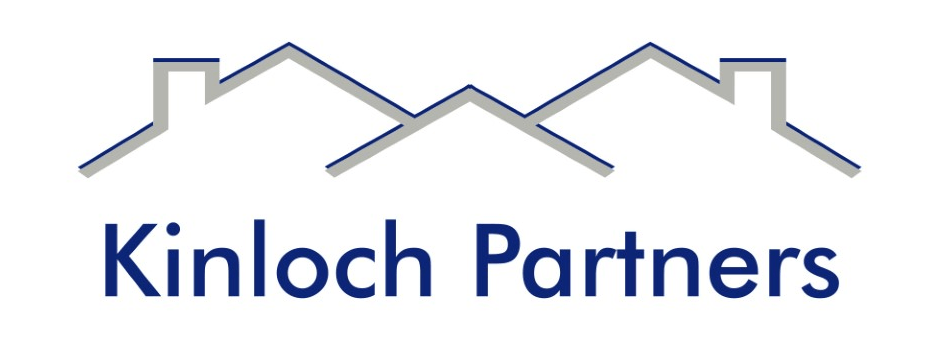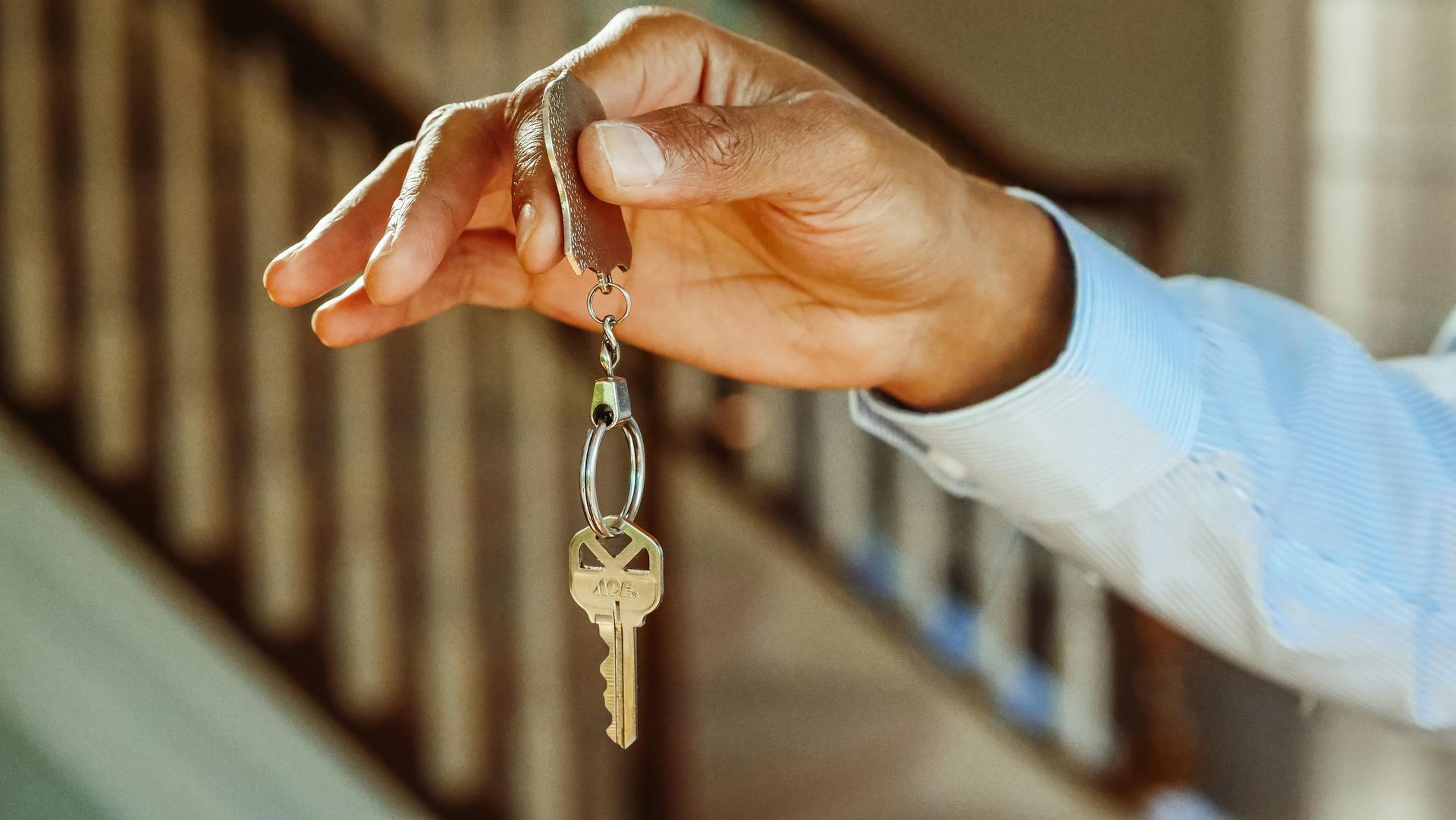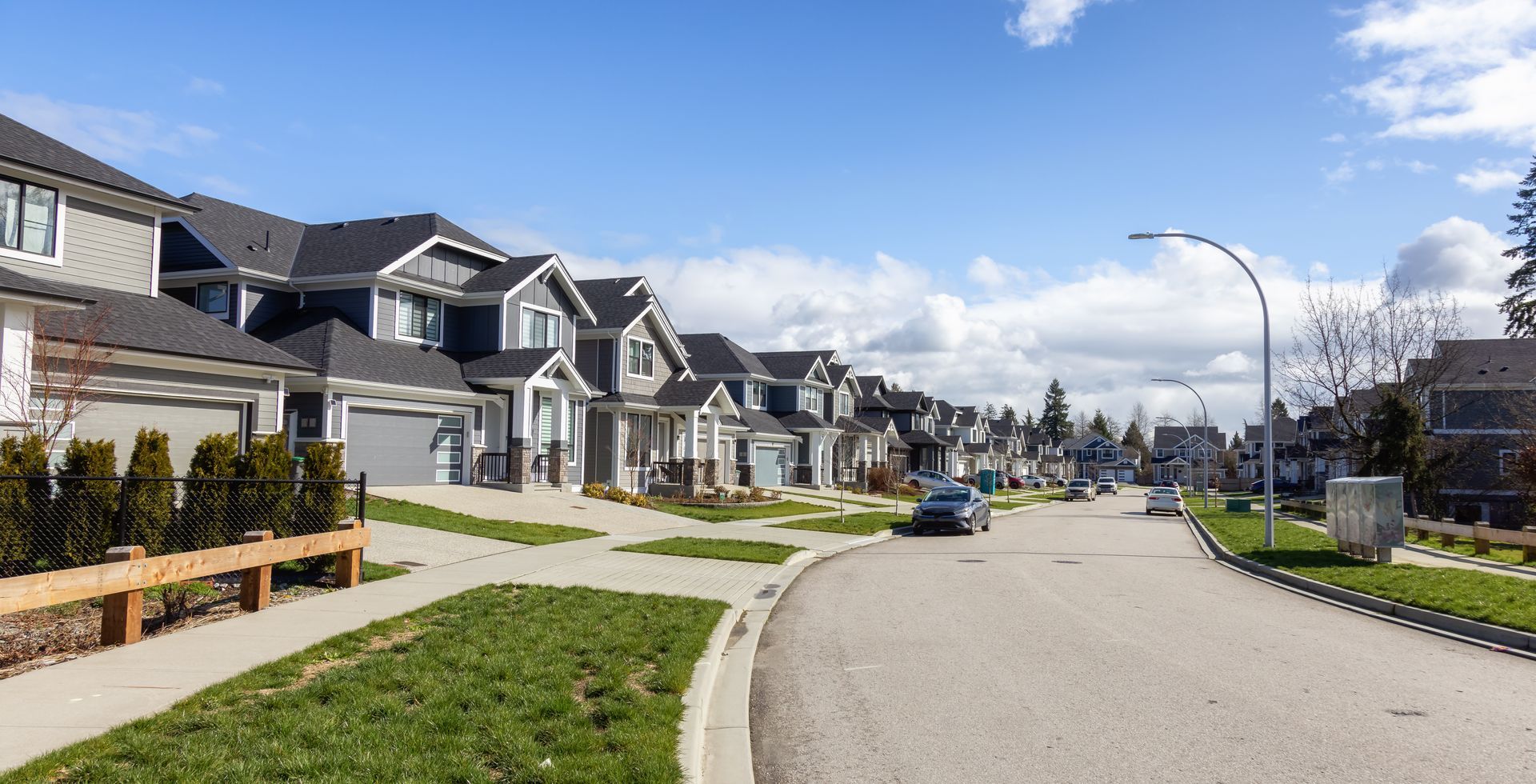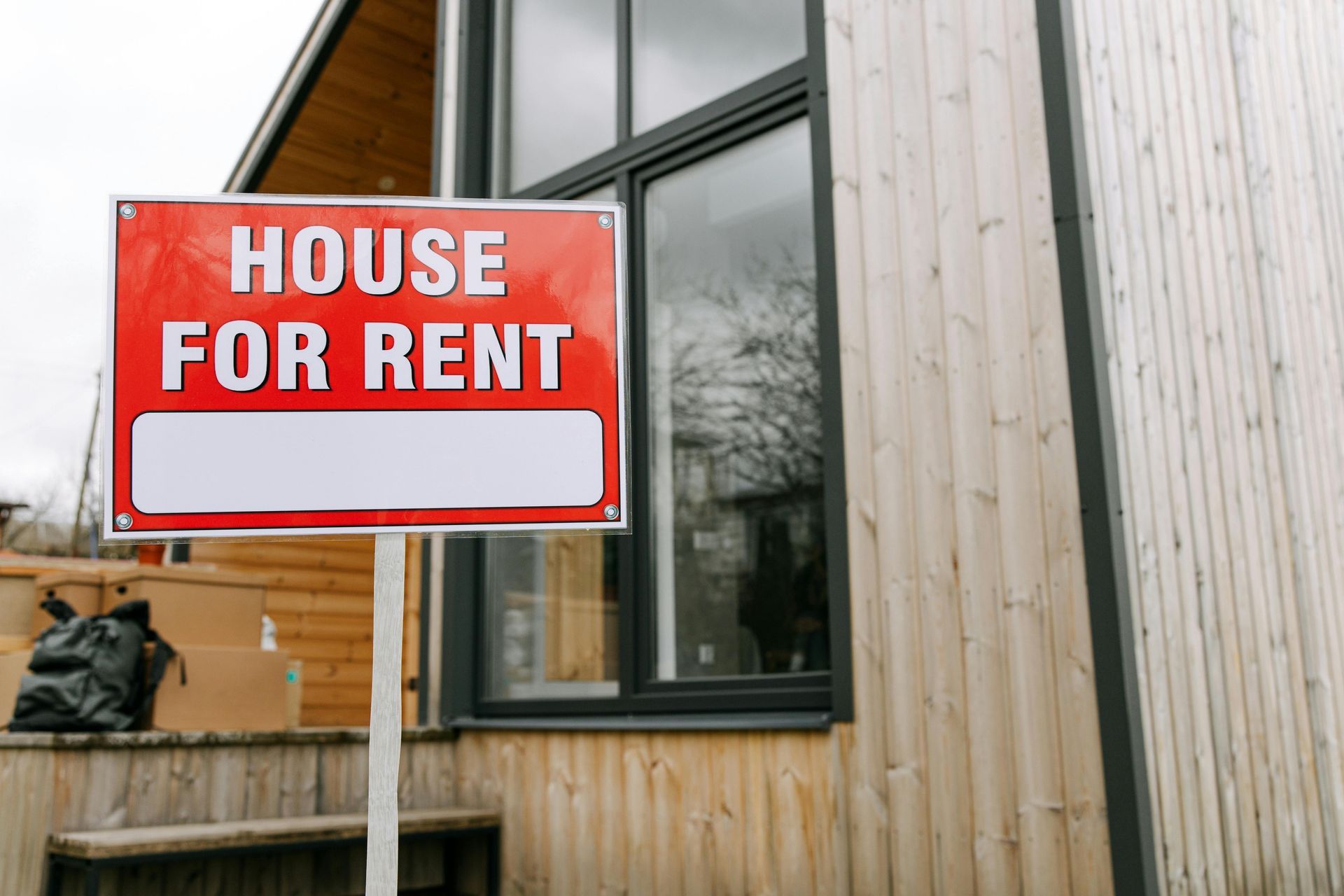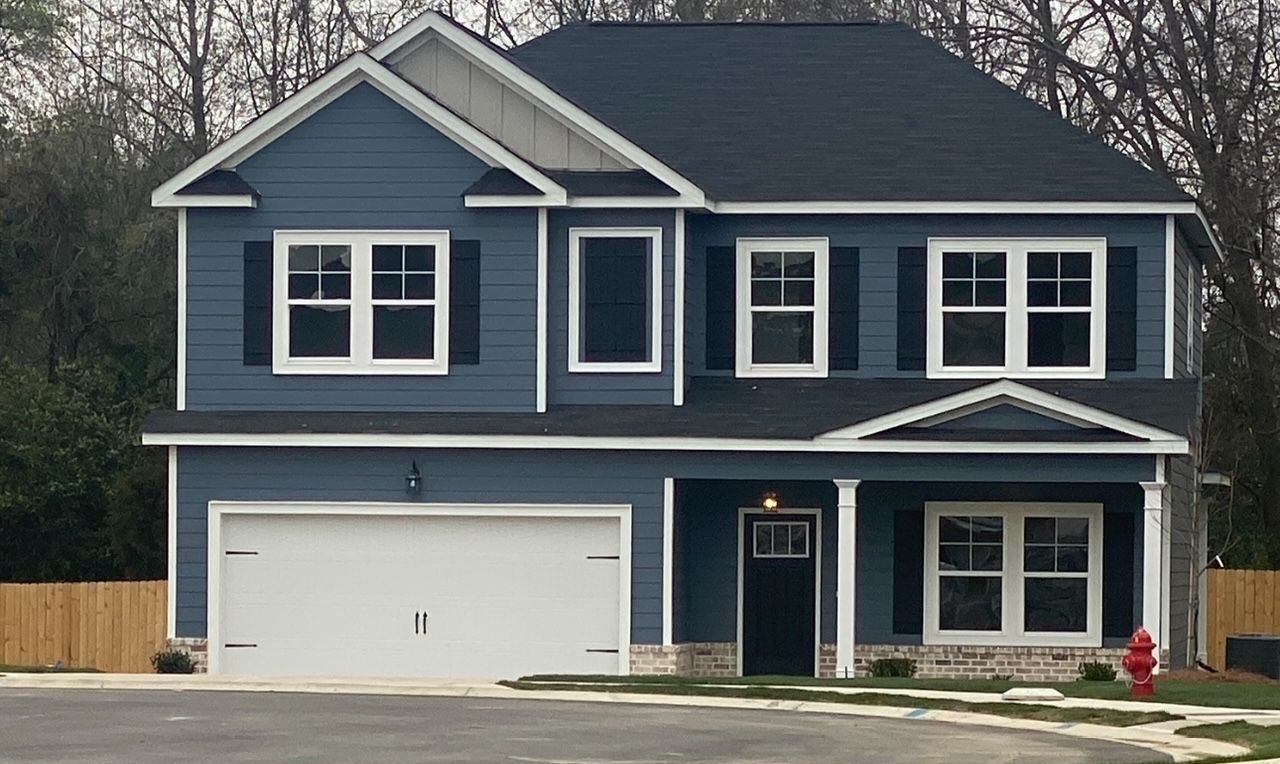October Home Sales Continue Downtrend
October new-home sales continued to decline, extending a downtrend in sales and an uptrend in available inventory that began months earlier. According to Zillow, October new-home sales fell 8.9 percent from the month prior and 12 percent from a year prior. At the same time, inventory of new homes for sale rose 4.3 percent from the month prior and was up 17.5 percent over a year earlier.
“Since the end of 2017, new-home sales volumes have endured their longest slide since 2010, when the market was still very much in the grips of the recession,” write Zillow senior economist Aaron Terrazas [1]. “For a time in 2017, it looked as thought the new-home sales market was going to bust through the 700,000 annual sales barrier…. Instead, new-home sales look set to bump around between the 500,000 and 600,000 annual sales volume at which they’ve been stuck for several years,” he continued.
Terrazzas warned rising mortgage rates will continue to erode buyers’ home budgets, and this may not be counterbalanced by slight declines in the cost of labor and materials thanks to “pervasive labor shortages.” He did predict “localized rebound” in new construction as homeowners return to areas affected by natural disasters in the Southeast and on the West Coast. However, he said, “It won’t be enough to offset the longer-term weights holding down homebuilding.”
“This is going to be a long-term issue because overall affordability is not improving,” said Bruce McNeilage, CEO of Kinloch Partners and one of the nation’s premier build-to-rent providers to institutional investors [2]. “With interest rates rising and buyers being more willing to sit on the sidelines and wait for lower prices, the available inventory volumes may rise but we will not necessarily immediately see an improvement in housing affordability,” he explained. McNeilage noted new construction is veering more toward the build-to-rent model because many would-be buyers are opting to place home purchases on hold due to uncertainty about the housing market but do not necessarily want to remain in apartments instead of single-family residences.
Do you think declining home sales are a bad thing?
